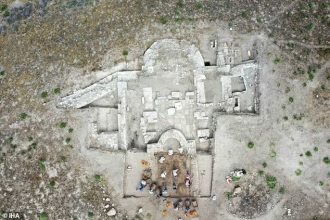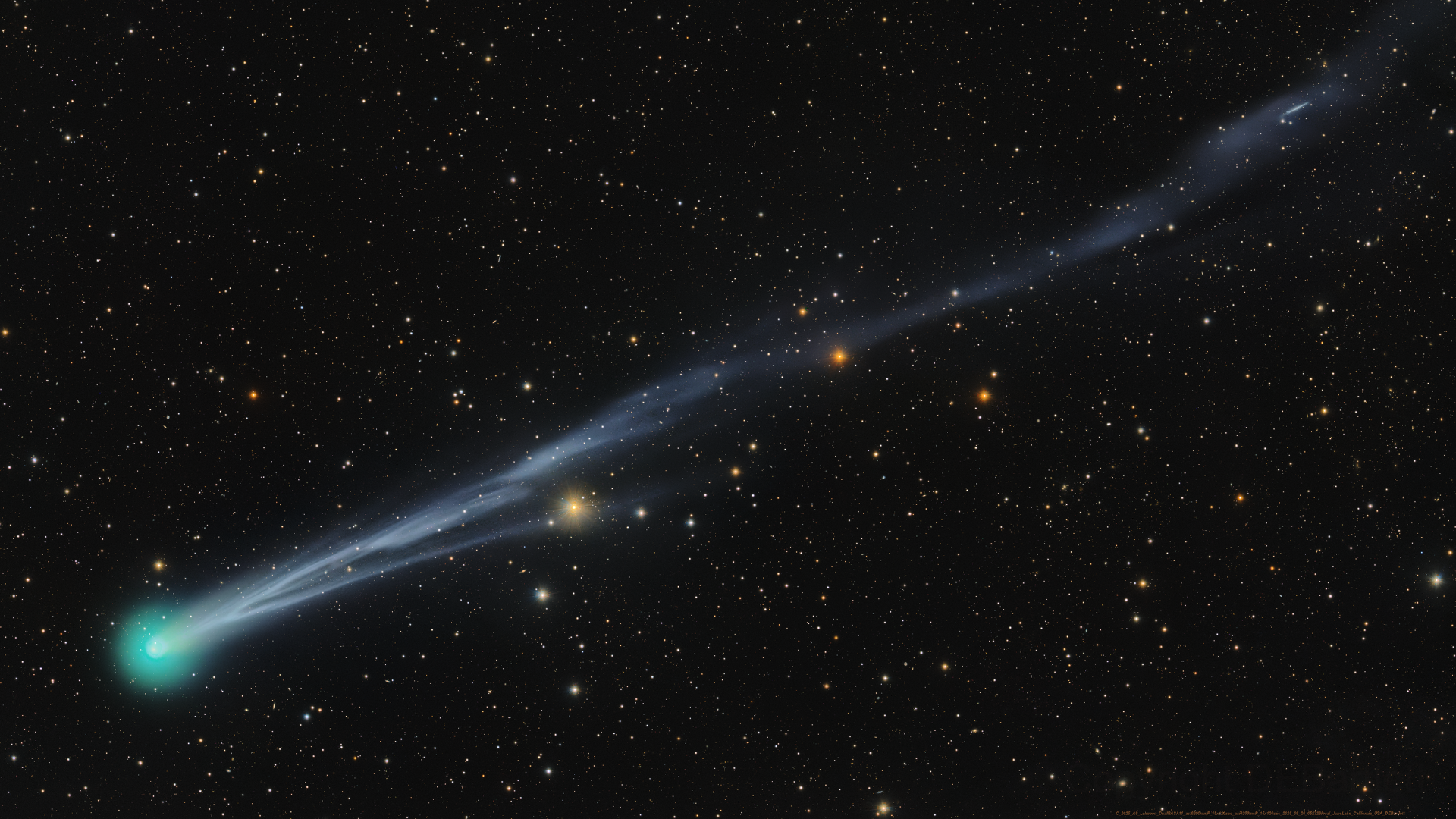
Comet Lemmon captured by astrophotographer Dan Bartlett on Sept. 26. (Image credit: Dan Bartlett)
Comet Lemmon (C/2025 A6) is quickly brightening as it draws closer to both the sun and Earth, evolving into a striking object already visible through small telescopes and binoculars and soon, quite possibly, to the naked eye.
The icy visitor, discovered on Jan. 3 by the Mount Lemmon Survey in Arizona, is the brightest comet to appear in our sky since Comet C/2024 G3 (ATLAS) last January. It will swing close to the sun, a point called perihelion, on Nov. 8, passing about 49.25 million miles (79.25 million kilometers) from our star.
Now, as it brightens rapidly in the predawn sky, skywatchers around the world are preparing for its best and possibly brightest display in late October.
You may like
What to expect
Typically, during a given year, several comets will appear that come within range of good binoculars or small telescopes. But a comet bright enough to be readily visible to the unaided eye comes along usually only once or twice per decade.
According to the most optimistic forecasts, at its brightest later this month, comet Lemmon is projected to possibly approach +3 magnitude (such a brightness is comparable to the star Megrez, the star in the Big Dipper that joins the handle with the bowl). So, these upcoming weeks will afford skywatchers an unusual opportunity.
Of course, a comet’s appearance is much different and less well defined than the sharp image provided by a star. In August 1974, Kenneth Weaver, an assistant editor of National Geographic magazine, provided an excellent description of a comet somewhat comparable to Lemmon. Weaver had traveled to the dark skies of Kitt Peak National Observatory near Tucson, Arizona, for a glimpse of Comet Kohoutek. He wrote:
“No spectacular lighting of the sky, no radiant display; One moment it was not there, the next moment it appeared. To the naked eye, it seemed as though a giant paintbrush, dipped in whitewash, had been drawn swiftly across the black wall of heaven, leaving a ghostly swath above a gently glowing blob.”
TOP TELESCOPE PICK!
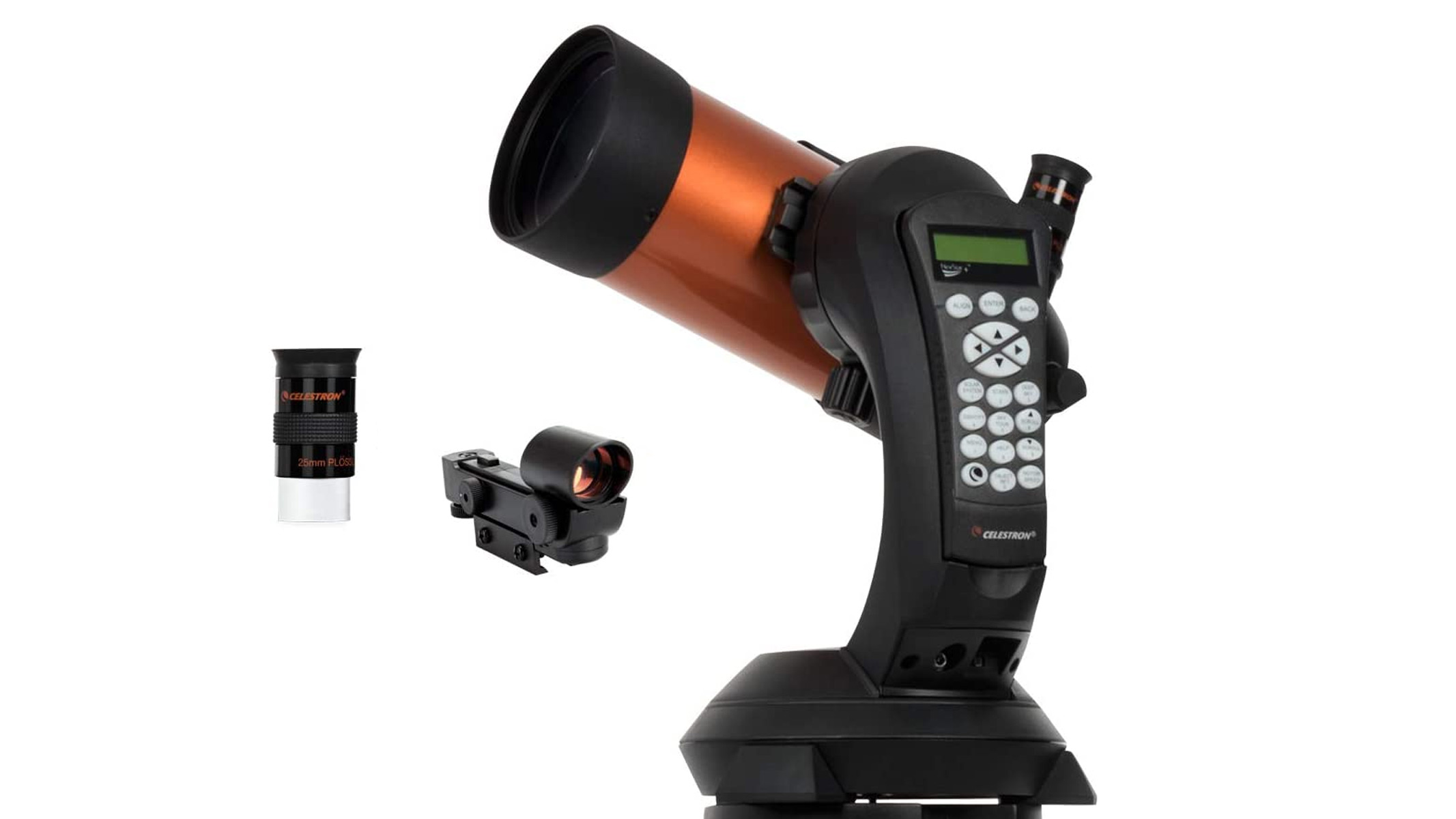
(Image credit: Celestron)
Want to see Comet Lemmon up close? The Celestron NexStar 4SE is ideal for beginners wanting quality, reliable and quick views of celestial objects. For a more in-depth look at our Celestron NexStar 4SE review.
But when Mr. Weaver wrote these words more than half a century ago, he was describing a modestly bright comet from a location completely free of light pollution. Today, with the glare of bright lights seemingly metastasizing everywhere, it is far more difficult to find such dark, starry and pristine conditions. Urban skyglow has robbed many of us of our night skies and the vast majority of the population of the United States now lives in regions where the stars are mostly blotted out by excessive lighting.
If you live in a bright city or suburban area, your best chance to see Comet Lemmon will be to head to a dark-sky site far from streetlights. Look for a place where the Milky Way is visible overhead — a sign of truly dark conditions. Under hazy, light-polluted skies, the comet may appear faint or not at all.
Related: Astrophotographers capture dazzling new views of Comet C/2025 A6 (Lemmon) as it brightens for October skies
You may like
Comet metamorphosis
Comet Lemmon has proven to be a particularly active comet, with noticeable changes occurring almost from night to night. As it races toward the inner solar system, the comet will continue to brighten through October while gradually expanding in size.
Its closest approach to Earth (perigee) comes on Oct. 21, when it will pass about 55.4 million miles (89.2 million km) from our planet.
Predicting what a comet will look like, however, is notoriously tricky. Its brightness, color, and tail shape depend on several factors: its orbit, its angle relative to Earth and the sun, and the makeup of its icy nucleus. Each comet’s heart is a clump of ancient solar system debris — a mix of dust, rock, and frozen gases, much like the particles that make up Saturn’s rings.
As sunlight heats that nucleus, the ice vaporizes, releasing jets of gas and dust that form the comet’s signature tail. In Comet Lemmon’s case, early images show that its tail is made mostly of gas, giving it a faint bluish hue and a thin, straight appearance pointing directly away from the sun.
On the other hand, comets that are prodigious producers of dust, are the ones that are eye-catching because such dust tails appear much brighter. The dust tail is a flat sheet of material spread out in the plane of the comet’s orbit with one edge immediately adjacent to the gas tail.
Image 1 of 5
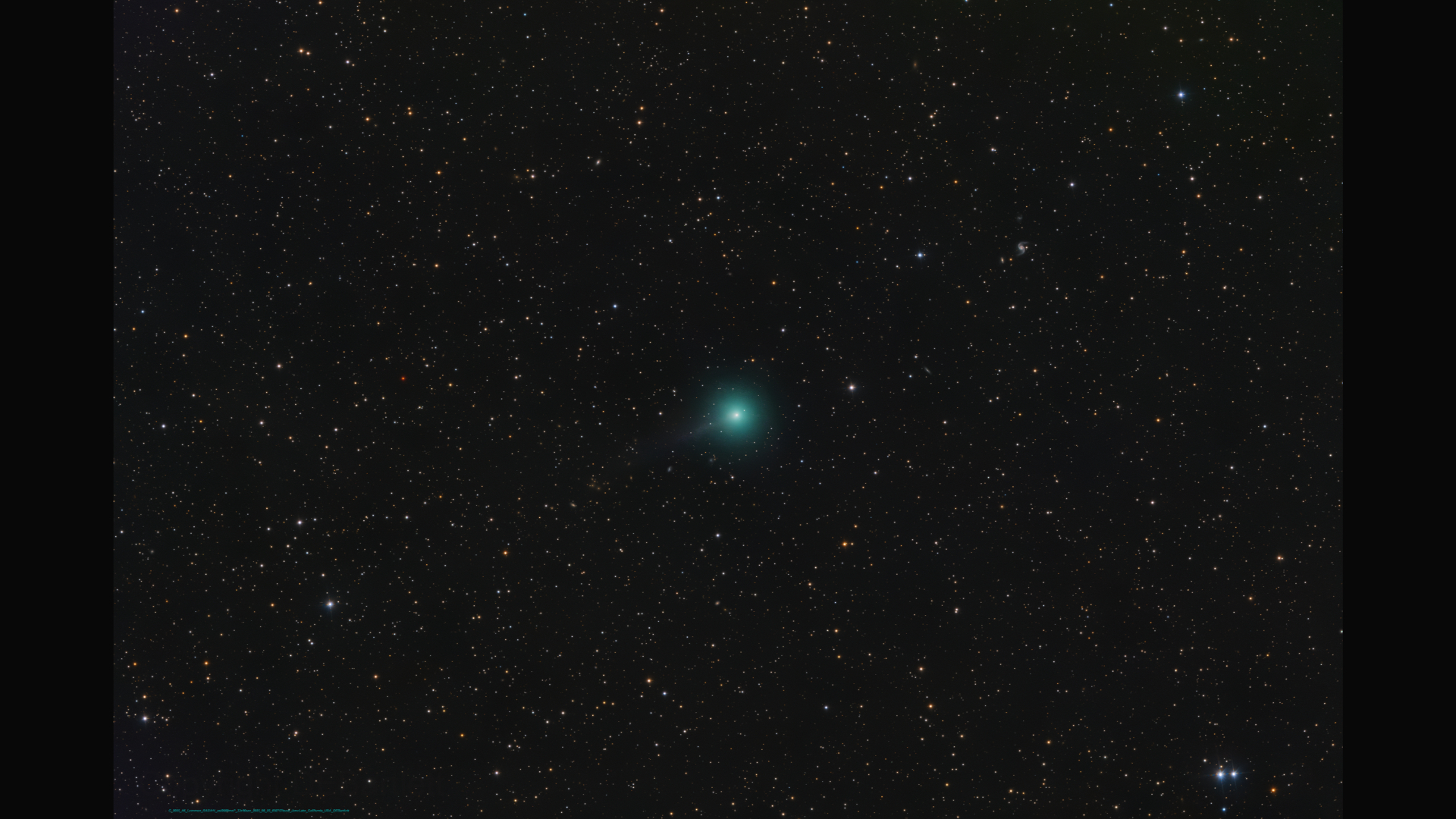 A view of comet Lemmon taken by astrophotographer Dan Bartlett on Aug. 25. (Image credit: Dan Bartlett)
A view of comet Lemmon taken by astrophotographer Dan Bartlett on Aug. 25. (Image credit: Dan Bartlett)
Dan Bartlett, imaged the comet over multiple nights to reveal how the complex structure of its ever-shifting tail evolved over time over recent weeks.
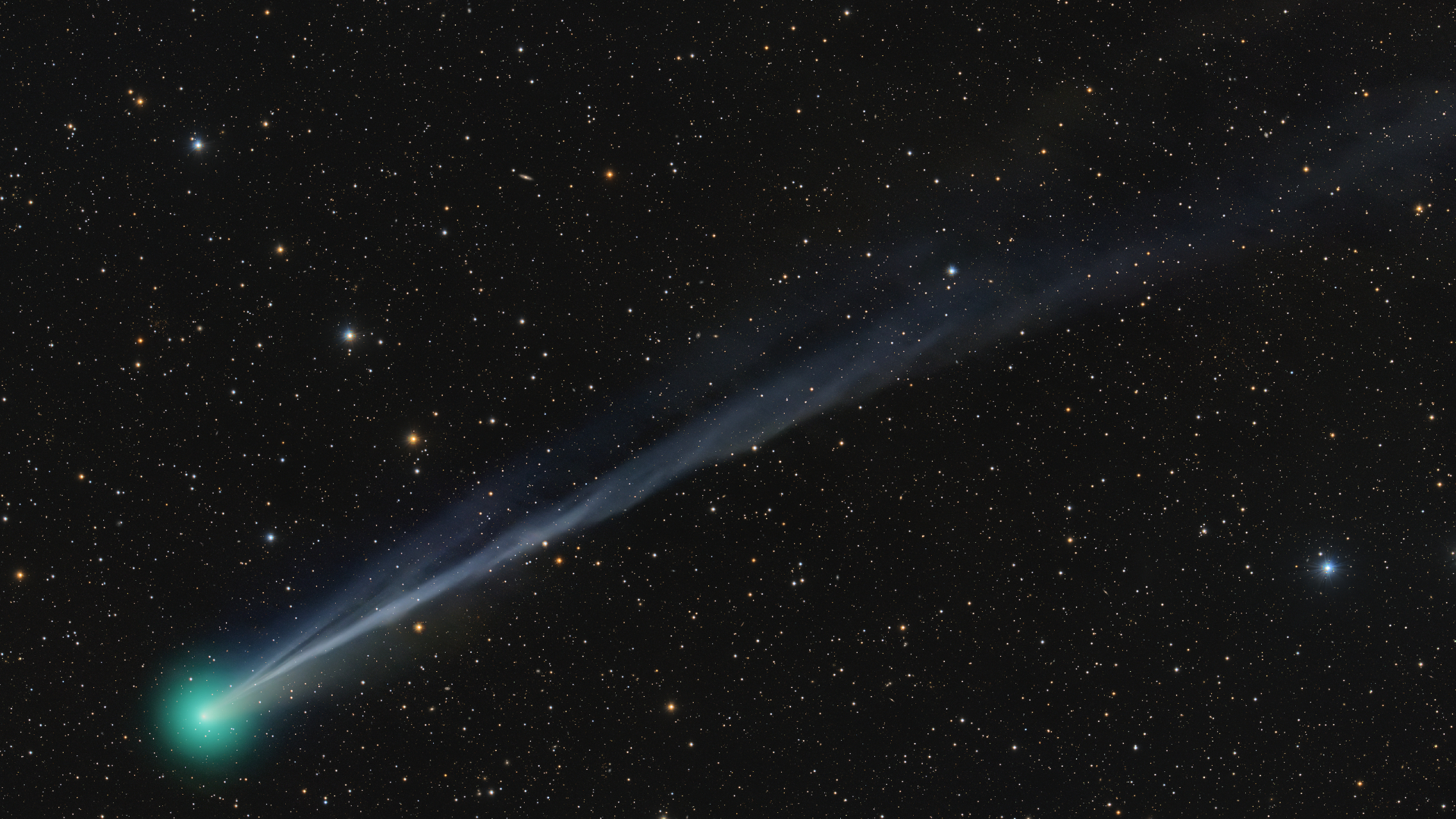 Comet Lemmon captured by astrophotographer Dan Bartlett on Sept. 20. (Image credit: Dan Bartlett)
Comet Lemmon captured by astrophotographer Dan Bartlett on Sept. 20. (Image credit: Dan Bartlett)
Dan Bartlett, imaged the comet over multiple nights to reveal how the complex structure of its ever-shifting tail evolved over time over recent weeks.
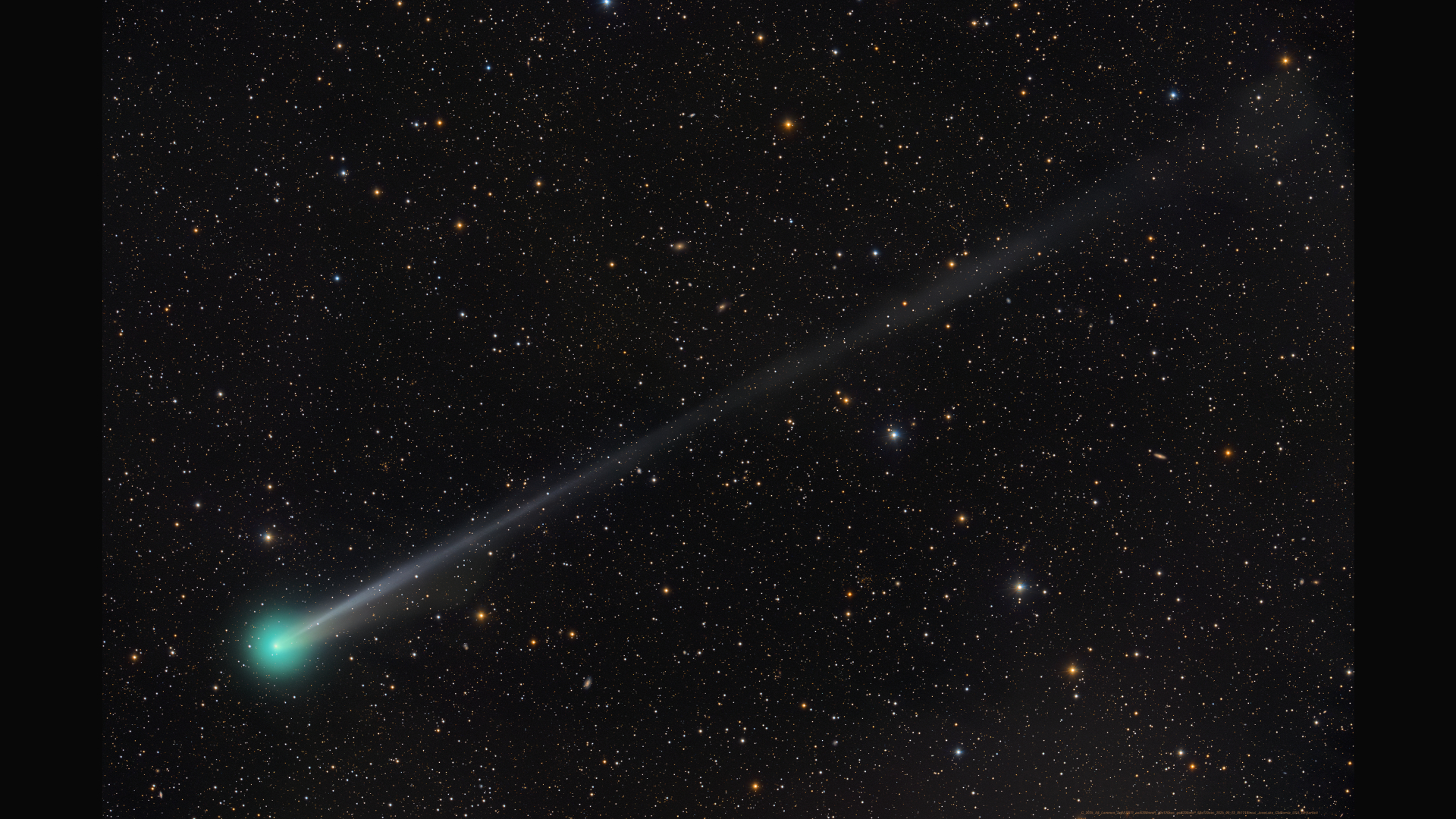 Comet Lemmon captured by astrophotographer Dan Bartlett on Sept. 22, notice the tail lengthening. (Image credit: Dan Bartlett)
Comet Lemmon captured by astrophotographer Dan Bartlett on Sept. 22, notice the tail lengthening. (Image credit: Dan Bartlett)
Dan Bartlett, imaged the comet over multiple nights to reveal how the complex structure of its ever-shifting tail evolved over time over recent weeks.
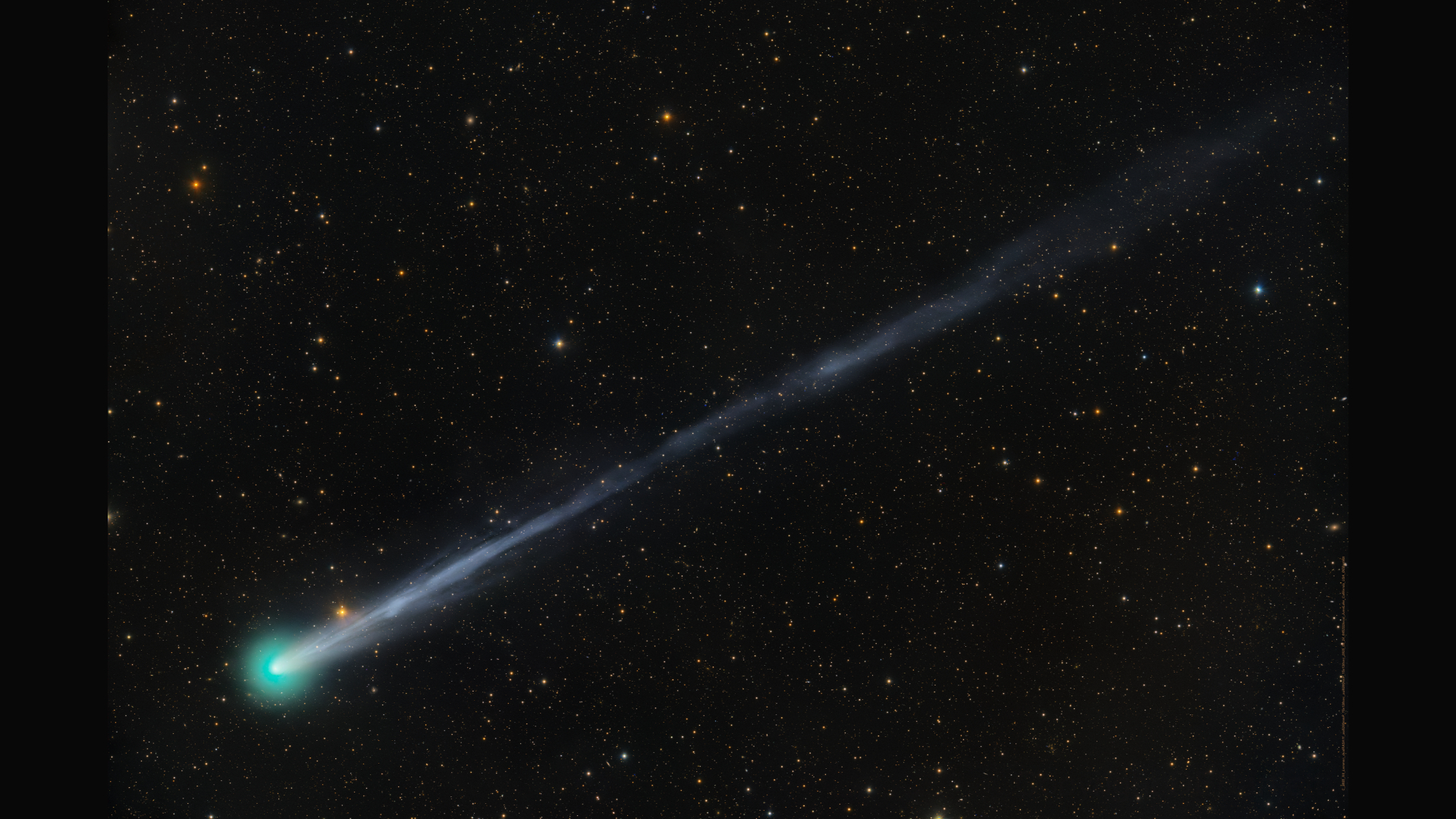 Comet Lemmon captured by astrophotographer Dan Bartlett on Sept. 24.(Image credit: Dan Bartlett)
Comet Lemmon captured by astrophotographer Dan Bartlett on Sept. 24.(Image credit: Dan Bartlett)
Dan Bartlett, imaged the comet over multiple nights to reveal how the complex structure of its ever-shifting tail evolved over time over recent weeks.
 Comet Lemmon captured by astrophotographer Dan Bartlett on Sept. 26, with a long tail as the comet gets closer to the sun.(Image credit: Dan Bartlett)
Comet Lemmon captured by astrophotographer Dan Bartlett on Sept. 26, with a long tail as the comet gets closer to the sun.(Image credit: Dan Bartlett)
Dan Bartlett, imaged the comet over multiple nights to reveal how the complex structure of its ever-shifting tail evolved over time over recent weeks.
Many happy (comet) campers
To date, most of the reviews coming in concerning the comet’s appearance have been very favorable.
Despite bright moonlight from October’s full Supermoon, recent comet brightness estimates at the Comet Observation Database (COBS) indicate that Lemmon has been a relatively easy object to sight with good binoculars. As of Oct. 6, a consensus of the comet’s brightness showed it hovering near magnitude +6.1. (The lower the figure of magnitude, the brighter the object. The brightest stars are magnitude 0 and +1. The threshold of naked-eye visibility under a dark, moonless sky registers at around +6).
The head or coma measures at around 8 minutes of arc, or roughly one-quarter the apparent size of the moon. Visually, the length of the tail is around 1 degree or twice the width of the moon; long-exposure photographs, however, show the faint gas tail to be many times longer.
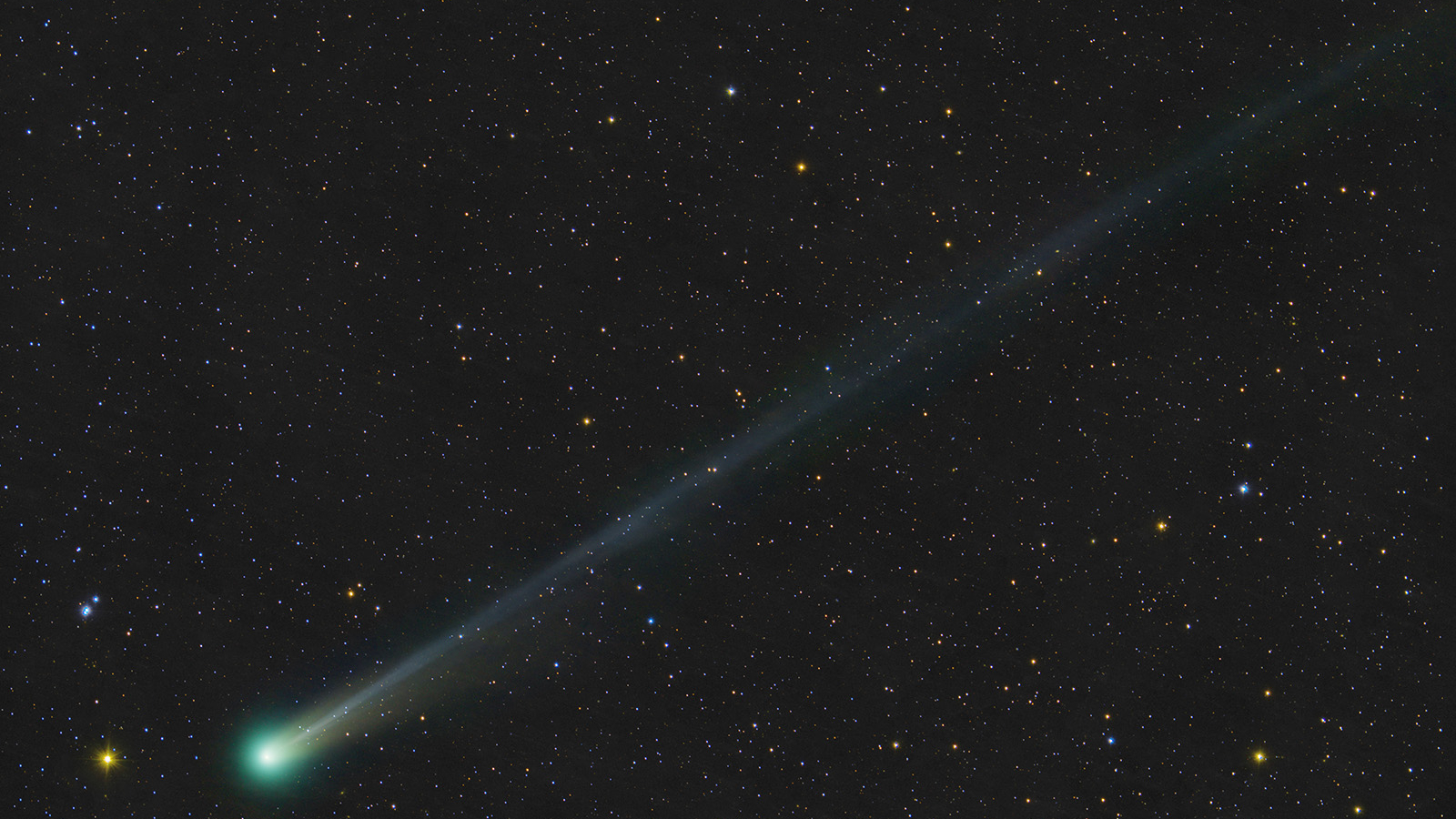
Comet Lemmon captured on Sept. 30 by Chris Schur. (Image credit: Chris Schur)
When and where to look
Currently, comet Lemmon is a morning object. In order to see it, you’ll have to get up before dawn breaks — about 90 minutes before sunrise. The comet is currently passing through the southern boundaries of Ursa Major, the Great Bear. “This comet is developing very nicely and it is already an impressive object, well-placed for observation in the morning sky,” Nick James, director of the Comet Section of the British Astronomical Association, told Spaceweather.com. “It is definitely worth getting up for!”
The full moon on Oct. 6 made spotting faint objects difficult, but visibility will improve as the moon wanes. After last quarter on Oct. 13, the moon becomes a slim crescent, allowing much darker skies for comet viewing.
Thursday morning, Oct. 16, will provide a great opportunity to locate comet Lemmon thanks to its proximity to a conspicuous star. That star is Cor Caroli, the brightest star in the constellation of Canes Venatici, the Hunting Dogs. Cor Caroli shines at magnitude +2.8 and on Oct. 16, the comet will be situated just 1° (two moon widths) above that star. Ninety minutes before sunrise, look for the Big Dipper, which will appear to be standing upright on its handle in the northeast sky.
Now draw an imaginary line diagonally through the Dipper’s bowl from Dubhe (the upper right star in the bowl) down through Phecda (the lower left star in the bowl) and extend that line downward about twice the distance between those two stars and that will bring you to the vicinity of Cor Caroli. Aim your binoculars toward this star and Comet Lemmon will be situated just above.
Transition to the evening sky
Oct. 16 is also the date when the comet will become available to evening skywatchers. In fact, Lemmon will likely put on its best show between Oct. 22 and Oct. 28, low in the west-northwest sky right after the end of evening twilight. During that timeframe, the comet will be tracking rapidly through the constellation Boötes the Herdsman and into Serpens the Serpent on Oct. 24. Around the end of twilight, it will sit about 15° above the horizon, roughly one and a half fist-widths at arm’s length.
On the evening of Oct. 22, the comet will lie about 2° left of the star Izar (Pulcherrima), a beautiful double star with a yellow-and-blue color contrast often described as golden and sea green.
Oct. 22 through Oct. 28, will also be when the moon will not be much of a factor, being no worse than a waxing crescent phase. This will also be the time when comet Lemmon is expected to shine at its brightest.
Japanese comet expert Seiichi Yoshida thinks the comet will peak at around +4 magnitude, but Dutch comet expert Gideon Van Buitenen has recently revised his brightness forecast, indicating that the comet might get as bright as magnitude +3.3, which would make it evident with the naked eye against a dark sky. “I think we can now be reasonably confident that this will be a very nice evening object when it is at its brightest around New Moon in late October,” adds James.
Final thoughts
Those blessed with very dark skies might even be able to continue following with just their unaided eyes until the first week of November. Of course, the comet could always dim much more rapidly, or a sudden, unexpected flare-up could also occur. But these are extreme cases. So far, the comet has performed very well and there is no reason not to believe that it will continue to delight Northern Hemisphere observers for a few more weeks.
Once again, we should stress that the darker your observing site, the better the comet will appear. With the bright moon pretty much out of the way during the second and third weeks of April, prospective comet observers are likely to have their greatest success.
Good luck and clear skies!
For more information on how you can photograph and comets for yourself, check out our comet skywatching guide.
Joe Rao serves as an instructor and guest lecturer at New York’s Hayden Planetarium. He writes about astronomy for Natural History magazine, Sky and Telescope and other publications.
Editor’s Note: If you would like to share your photos of Comet Lemmon (C/2025 A6) with Space.com’s readers, then please send your photo(s), comments, and your name and location to spacephotos@space.com.














